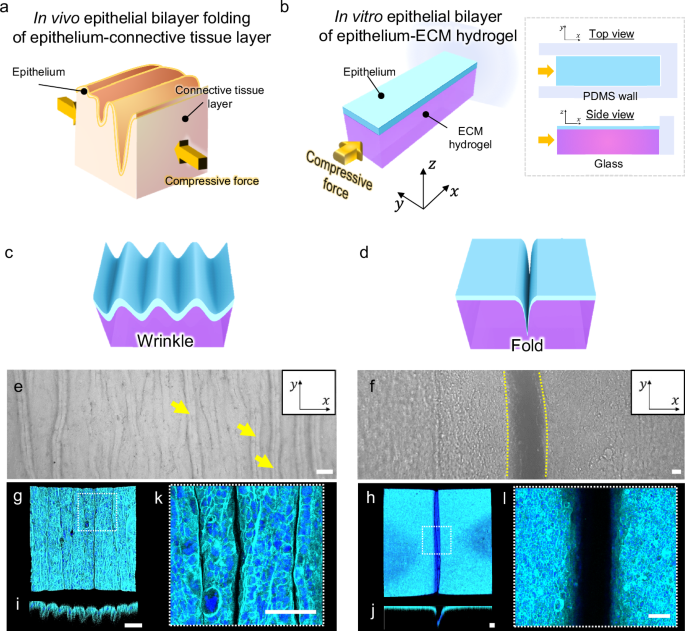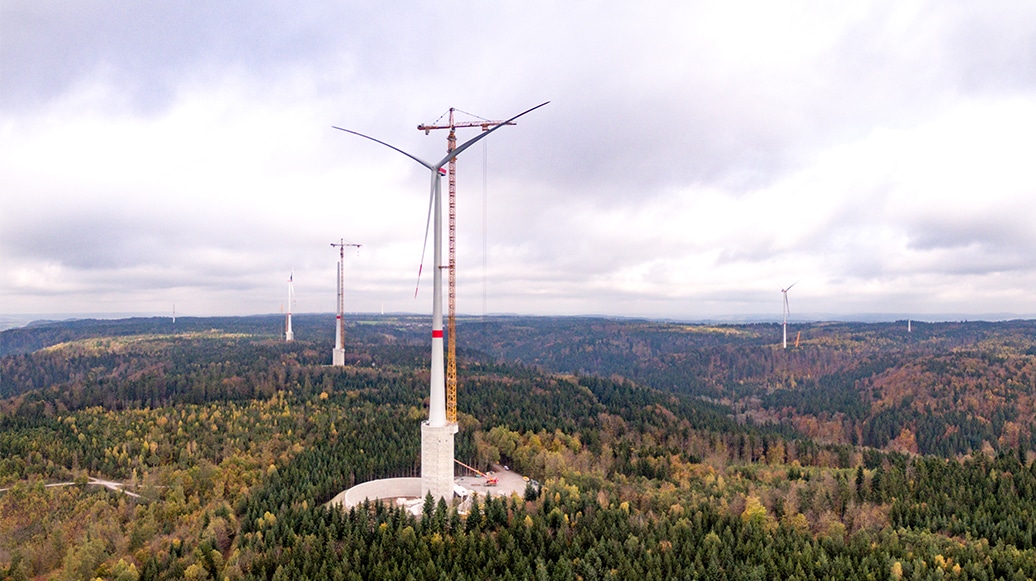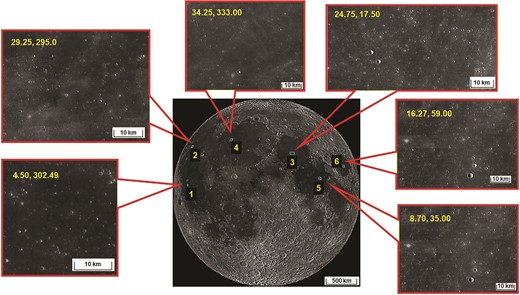
Tissue-scale in vitro epithelial wrinkling and wrinkle-to-fold transition
Nature Communications volume 15, Article number: 7118 (2024 ) Cite this article
Although epithelial folding is commonly studied using in vivo animal models, such models exhibit critical limitations in terms of real-time observation and independent control of experimental parameters. Here, we develop a tissue-scale in vitro epithelial bilayer folding model that incorporates an epithelium and extracellular matrix (ECM) hydrogel, thereby emulating various folding structures found in in vivo epithelial tissue. Beyond mere folding, our in vitro model realizes a hierarchical transition in the epithelial bilayer, shifting from periodic wrinkles to a single deep fold under compression. Experimental and theoretical investigations of the in vitro model imply that both the strain-stiffening of epithelium and the poroelasticity of ECM influence the folded structures of epithelial tissue. The proposed in vitro model will aid in investigating the underlying mechanism of tissue-scale in vivo epithelial folding relevant to developmental biology and tissue engineering.
Epithelial tissues, comprising an epithelium layer and an underlying connective tissue rich in extracellular matrix (ECM), often exhibit unique curved structures through compressive force-driven epithelial folding. This folding process holds significance for various aspects of epithelial tissue, including development, function, homeostasis, and pathologies1,2,3,4. For instance, intestinal epithelial folding is pivotal in forming intestinal villi5. Abnormal folding or loss of structure relates to disorders like intussusception and celiac disease. Additionally, ECM component degradation, such as collagen and elastin, in the dermis facilitates the folding of skin epithelial tissues. Importantly, epithelial folding orchestrates key transitions in embryonic development like gastrulation and neurulation, underscoring its role in overall success3. Understanding its occurrence and impact on embryonic cells can provide insights into stem cell and tissue morphogenesis regulation in vitro6,7. Thus, exploring epithelial tissue folding is of interest in developmental biology and extends8 to applications in stem cell and tissue engineering9,10,11,12.











/cdn.vox-cdn.com/uploads/chorus_asset/file/25649359/Razer_Freyja.jpg)







